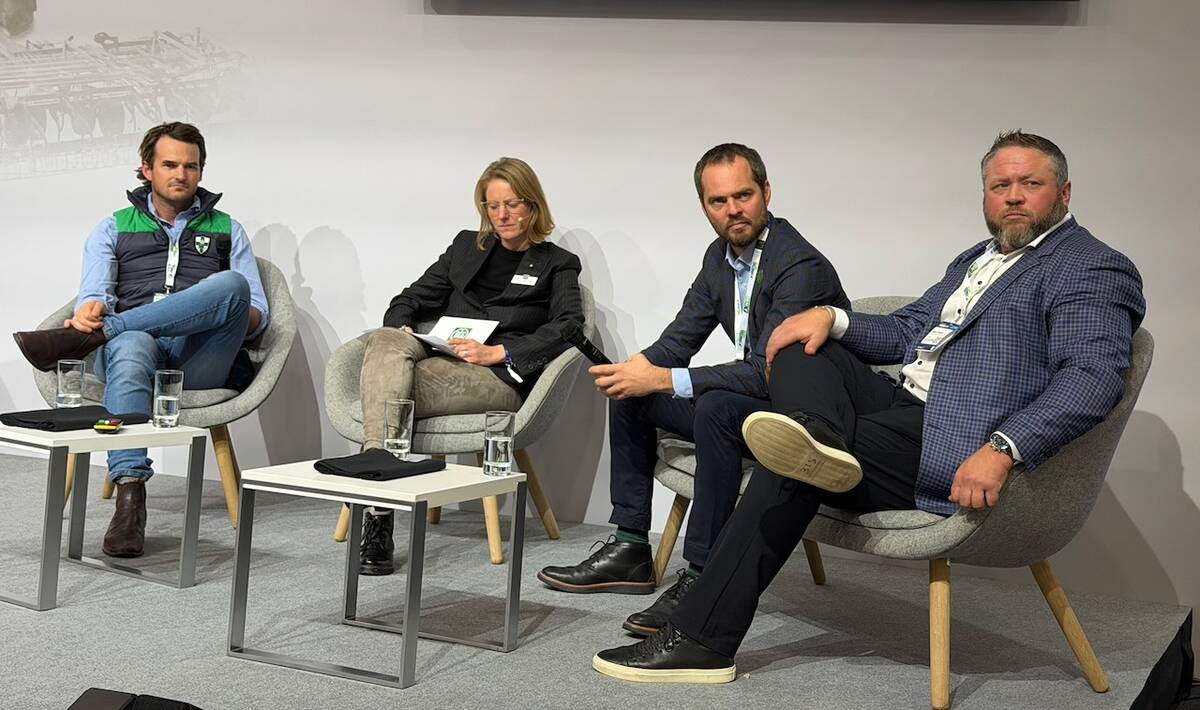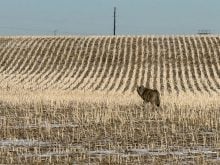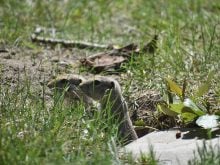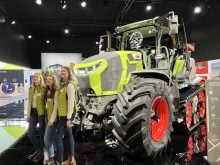A wastewater treatment company thinks it has a solution to the conundrum of hog manure.
Canwest Ecological Systems Ltd. is negotiating with several operations in Manitoba and Alberta to build on-farm treatment plants.
The plants would recycle the water used to flush out barns, dry and remove odor from the manure, and in the process generate heat and electricity to power the barns.
“I would say it would be a godsend for this province,” said Peter Green, senior technician.
But it’s not a system for the light of pocket. Green estimates a plant for a 10,000-hog finishing barn would cost about $500,000.
Read Also

Agritechnica Day 2: The future of tractor power, building quicker crop apps and large farms and tech
Agritechnica Day 2: The future of tractor power, building quicker crop apps with Syngenta and large farms and tech
The company has been working on the idea for two years since it was first approached by a Hutterite colony looking for help with its sewage and manure treatment.
Canwest makes aerobic extended aeration wastewater treatment plants for homes, cottages, trailer parks and municipalities.
But as the company looked at hog manure, it began to think it could apply the technology to hog barns.
Water flushed through a barn would go through a surge tank, get pumped up with oxygen, and pass through screens to remove the solids. The waste water would be treated with oxygen, filtered and reused to flush through the barn. Depending on water quality at the site, Green said the same water could be recycled for six to nine months.
The solids would be dried to 15 percent moisture and burned to produce heat and electricity for the barn and plant. All that’s left, said Green, is a fine, odorless ash to be spread on fields. Or instead, the solid manure could be dried and sold like peat moss.
“There’s a lot of truckers that go to Florida that would just love to get a load of this.”
The three parts of the system – the wastewater treatment, solids separator and cogeneration – have been around for years, but in separate plants.
Canwest has run hog manure through each of the systems with positive results.
Now, it wants to put all three systems together in a 20 by 40 foot building with a smokestack next to a hog operation. It’s hoping to get funding from the industry to help.
“The big hang-up is the 500 grand. It all comes down to money,” said Green.
Acceptable returns
But Green says economic models show operations would get it back in three to five years in what they save in heat and electricity.
He presented his concept to a somewhat skeptical bunch at a Manitoba Institute of Agrologists breakfast here last week.
Ted Muir, of Manitoba Pork, said similar projects in the Netherlands and North Carolina haven’t paid off.
“On paper, it sounds great, but in reality, it falls apart pretty quickly,” he told Green.
But Green said it’s not right to draw comparisons between the Canadian industry and others. The composition of manure is different here. And his company’s concept differs from others, he said.














